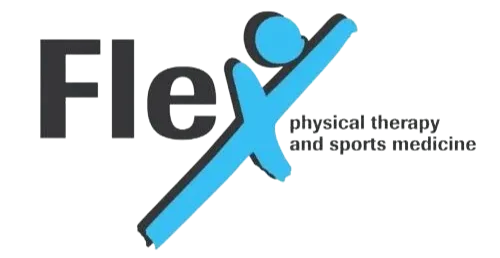
What Is a Rotator Cuff Tear?
A rotator cuff tear is a common shoulder injury involving damage to the group of muscles and tendons that stabilize the shoulder joint and enable arm movement. When one or more of these tendons become torn—either partially or completely—it can cause pain, weakness, and reduced mobility in the shoulder.
Request an AppointmentWho Is at Risk?
Rotator cuff tears can affect anyone, but certain groups are more susceptible:
- Adults Over 40
Age-related wear and tear can weaken the tendons, increasing the likelihood of injury. - Athletes
Sports that involve repetitive overhead motions, such as tennis, baseball, or swimming, place added stress on the shoulder. - Manual Laborers
Jobs that involve frequent lifting, reaching, or heavy physical work can contribute to rotator cuff damage over time.
Signs and Symptoms
If you have a rotator cuff tear, you may experience:
- Shoulder pain – Often sharp or aching, especially when lifting your arm or reaching overhead.
- Muscle weakness – Difficulty lifting, rotating, or moving the arm.
- Limited mobility – Reduced range of motion in the shoulder joint.
- Popping or clicking – You may notice unusual sensations when moving your shoulder.
What Causes a Rotator Cuff Tear?
Rotator cuff tears can occur gradually or suddenly due to various factors:
- Degeneration with age – Tendons become thinner and less resilient over time.
- Traumatic injury – A fall, heavy lifting, or a sudden jerking motion can cause an acute tear.
- Repetitive strain – Activities involving repeated shoulder use can cause micro-tears that worsen over time.
Types of Rotator Cuff Tears
- Partial Tear
The tendon is frayed or damaged but not completely detached from the bone. - Full-Thickness Tear
The tendon is fully torn and separated from the bone, significantly impairing function.
Treatment Options
The best treatment depends on the severity of the tear and your lifestyle needs. Common options include:
- Rest and Physical Therapy
- Gentle exercises can restore strength and flexibility.
- Avoiding aggravating activities allows healing.
- Medications
- Over-the-counter pain relievers or anti-inflammatories can manage discomfort.
- Corticosteroid Injections
- May be used to reduce inflammation and relieve pain in more persistent cases.
- Surgical Repair
- Required for severe or full-thickness tears, especially when non-surgical methods are ineffective.
- Surgery may be performed arthroscopically (minimally invasive) or through open repair.
What to Expect During Recovery
Recovery varies depending on the treatment approach:
- Non-Surgical Recovery
Includes a combination of rest, medication, and a structured physical therapy plan. - Post-Surgical Recovery
May involve wearing a sling, attending rehabilitation sessions, and gradually returning to normal activity over several months.
Pain management, consistency with therapy, and follow-up care are essential for optimal healing.
Can Rotator Cuff Tears Be Prevented?
While not all tears can be avoided, there are steps you can take to reduce your risk:
- Strengthen shoulder muscles with regular resistance training.
- Practice proper form during sports or heavy lifting.
- Avoid repetitive strain by taking breaks and varying activities.
- Warm up and stretch before engaging in overhead or strenuous motions.
Seeking Treatment for Shoulder Pain?
A rotator cuff tear can significantly impact your daily life, but with proper care, most people regain strength and function. If you’re experiencing ongoing shoulder pain or mobility issues, don’t ignore the signs—early diagnosis and personalized treatment can help you avoid complications and get back to the activities you love.
Talk to a healthcare professional today to explore your options and protect your shoulder health.
